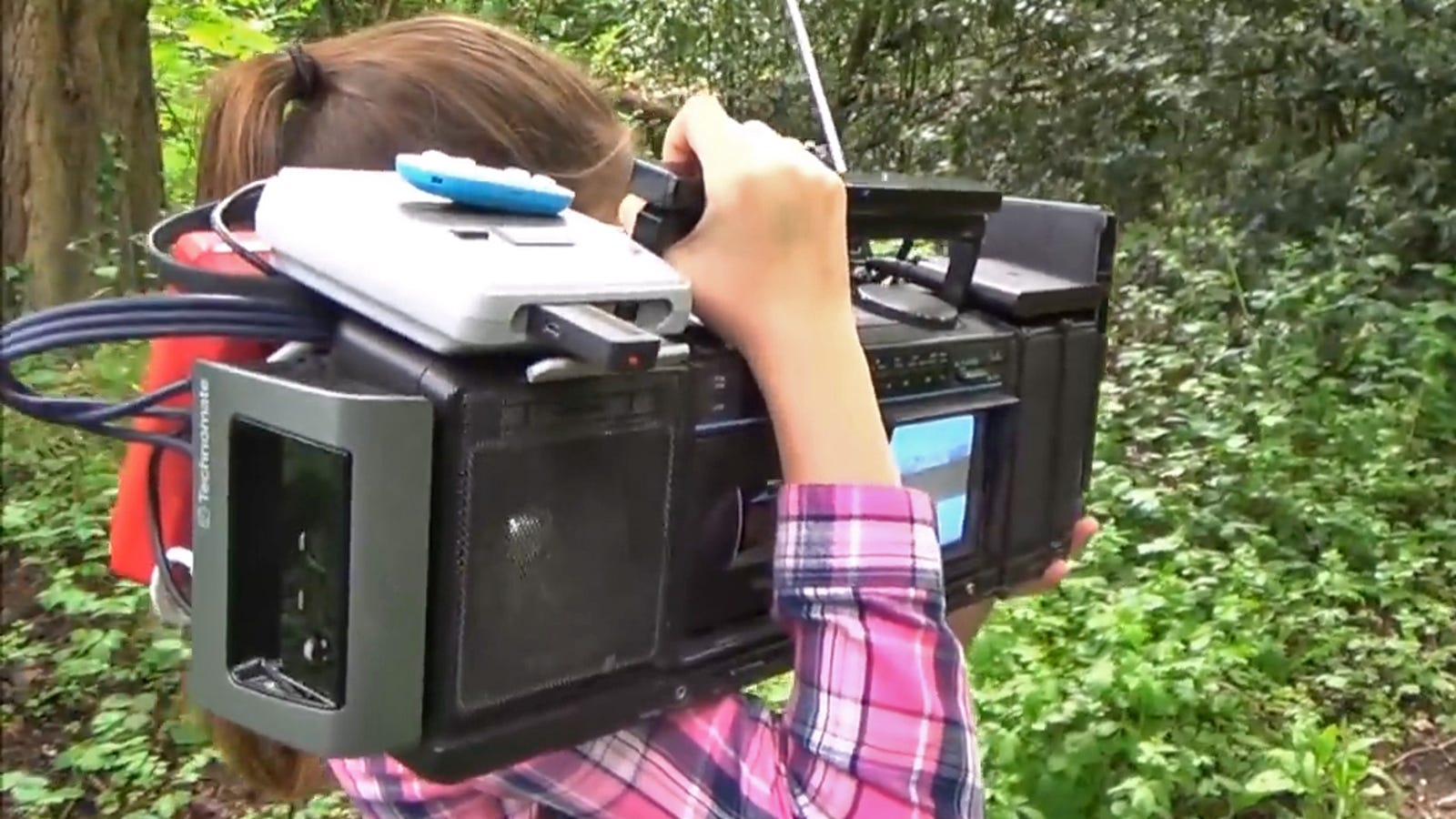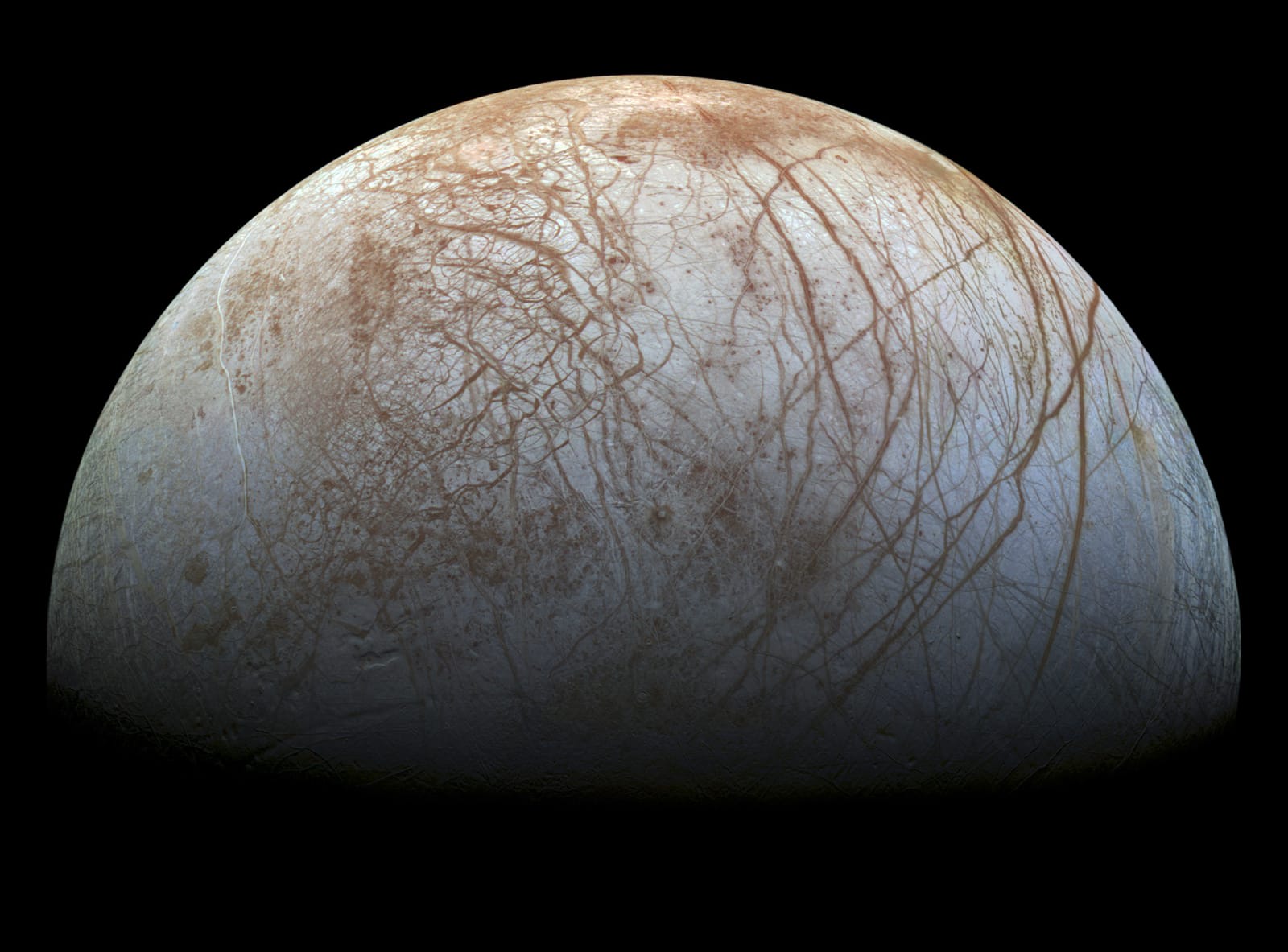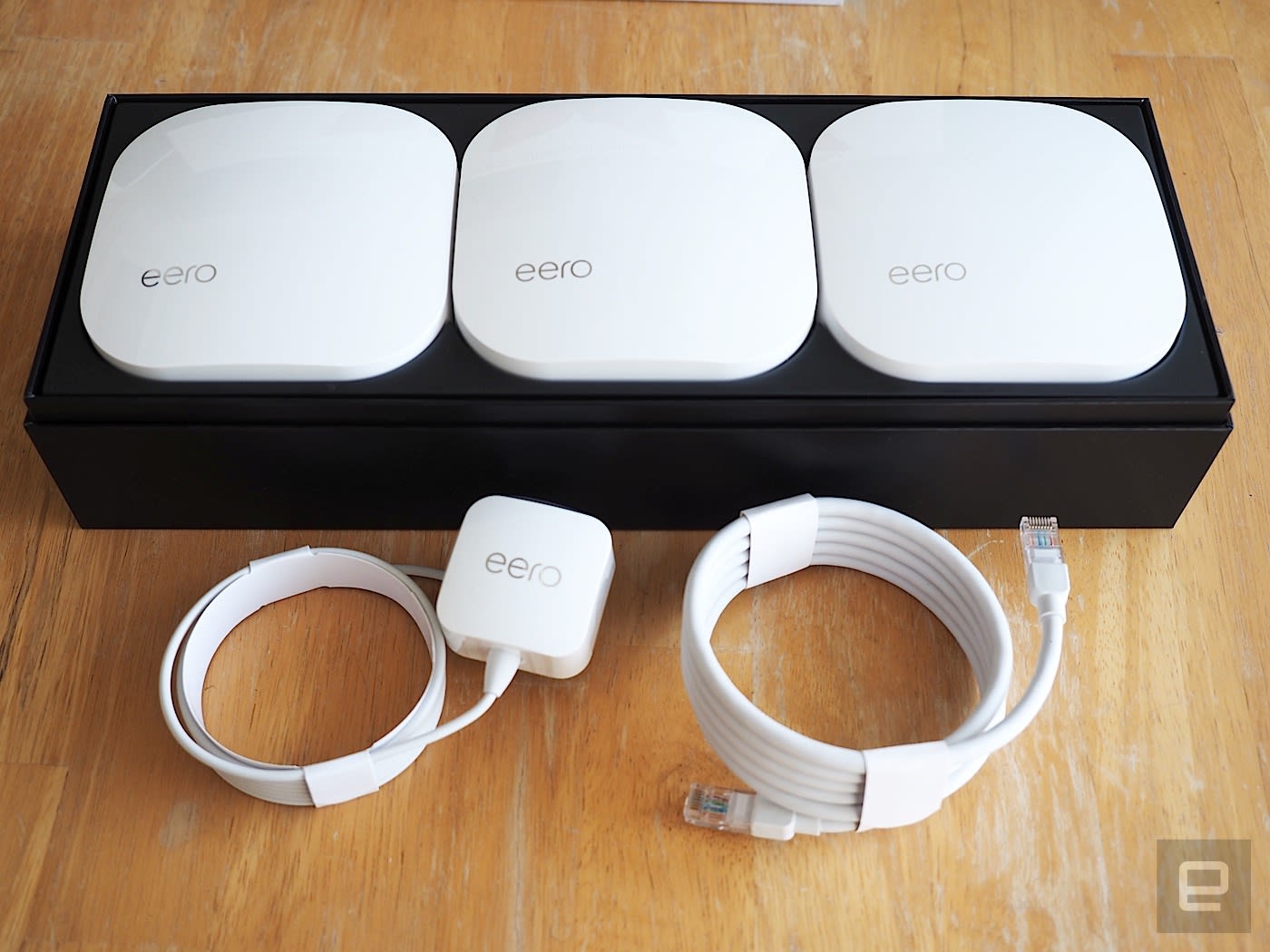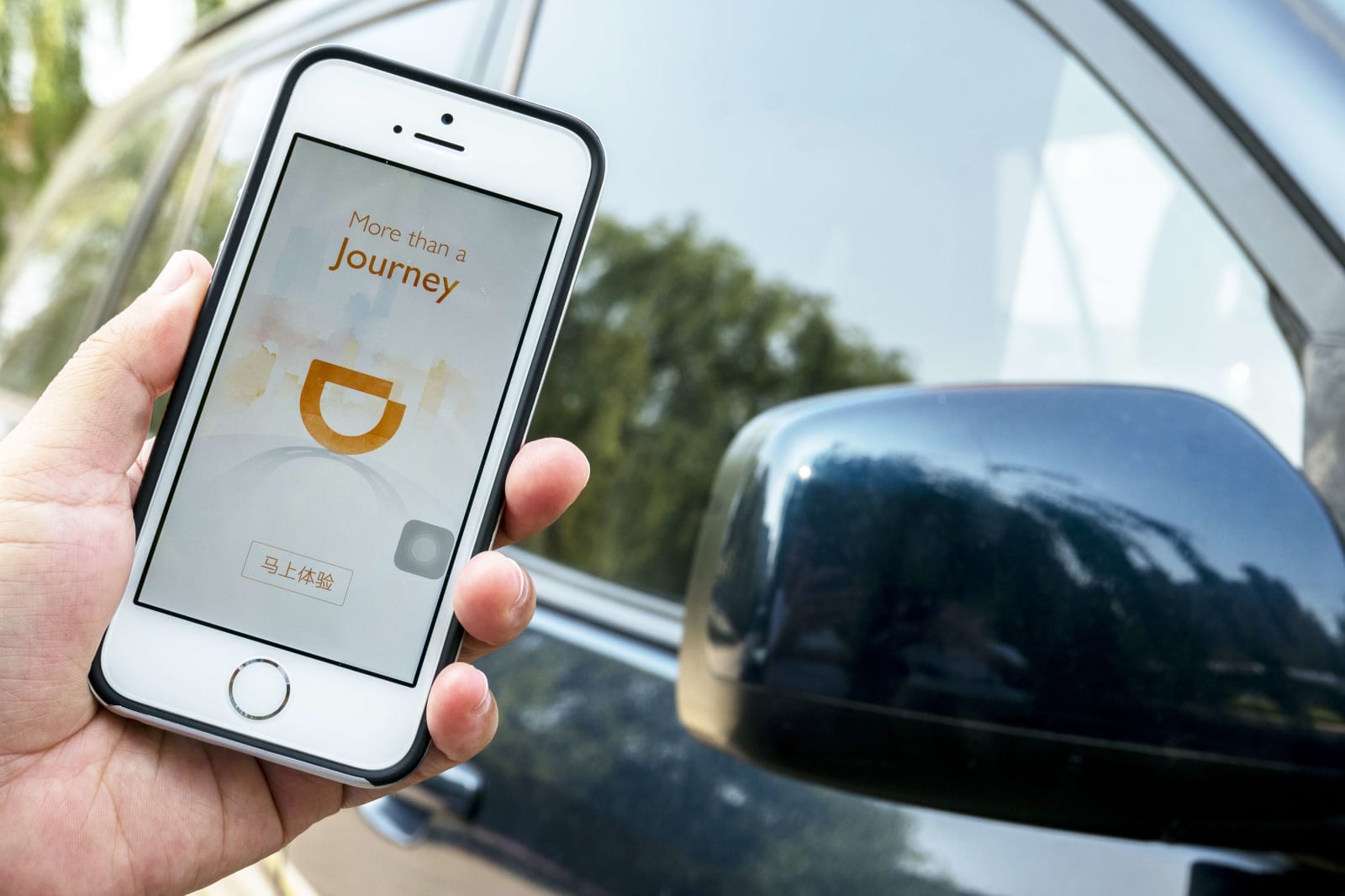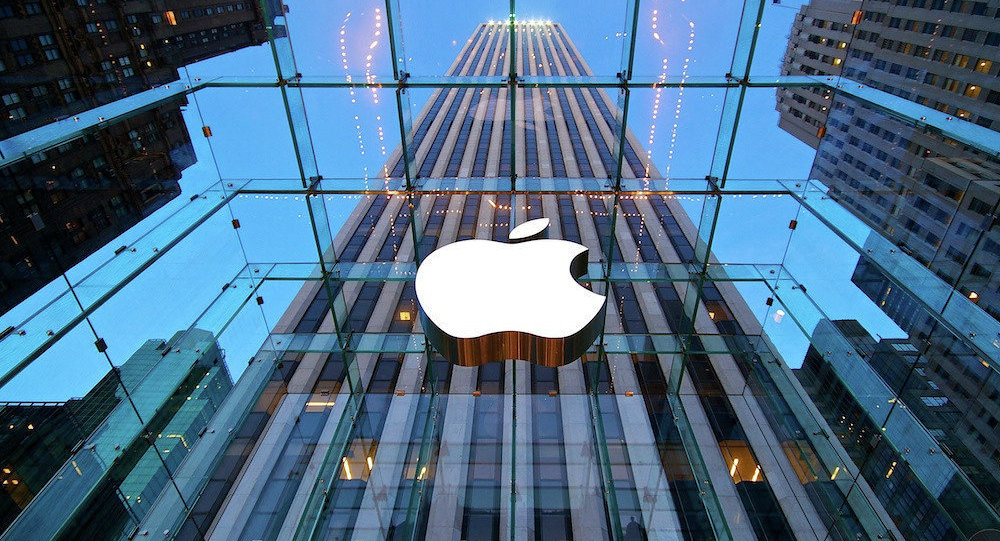Here’s China’s plan to compete with SpaceX and Blue Origin
https://ift.tt/2rJrE8g

China has plans to launch reusable space rockets to compete with the likes of SpaceX and Blue Origin.
The Chinese Aerospace Science and Technology Corporation (CASC), the leading builder of Chinese space launch rockets, announced that its Long March (CHang Zheng in Chinese) LM-8 space rocket will launch in 2020.
Like the SpaceX Falcon and Falcon Heavy, the LM-8’s first stage will be reusable, using leftover fuel to land vertically. This shouldn’t come as a surprise, given that CASC has previously promised to make all its rockets reusable by 2035.
The LM-8 is a medium-sized space launch vehicle, capable of carrying 7.7 tons to low-earth orbit. It shares the same first stage core as the larger Long March 7 (which is China’s newest man-rated rocket), but compared to the Long March 7, it has only two K2 liquid rocket boosters. Once the LM-8’s second stage separates to enter orbit, the LM-8’s first stage will descend back to the ground by carefully burning remaining fuel to maneuver onto the landing pad, with the aid of grid fins. In the last moments of descent, landing struts will unfold from the bottom of the rocket to ensure a smooth touchdown. The boosters will separate and parachute back to the ground.
The tech LM-8 shares with the Long March 7 could mean that the LM-7—and other larger Chinese space launch rockets—could be retrofitted with resusablity. Additionally, CASC is planning to test grid fins on a Long March 4B rocket next year to refine the technology. Test launch of a reusable, smaller Long March 6 rocket is planned for 2020. Success in these tests will fit into CASC’s plan to make all its Long March rockets—from the super heavy “moon rocket” Long March 9 to the Long March 6—reusable by 2035.
This development is just one step in private Chinese companies’ larger path toward a reusable space launch market. Linkspace’s New Line 1 rocket, which will also land vertically via its reusable first stage, has plans for a 2020 flight. And CASC and its rival CASIC both plan to have their spaceplanes flying in 2020.
You may also be interested in:
Peter Warren Singer is a strategist and senior fellow at the New America Foundation. He has been named by Defense News as one of the 100 most influential people in defense issues. He was also dubbed an official “Mad Scientist” for the U.S. Army’s Training and Doctrine Command. Jeffrey is a national security professional in the greater D.C. area.
Tech
via Popular Science – New Technology, Science News, The Future Now https://ift.tt/2k2uJQn
May 14, 2018 at 04:25PM

